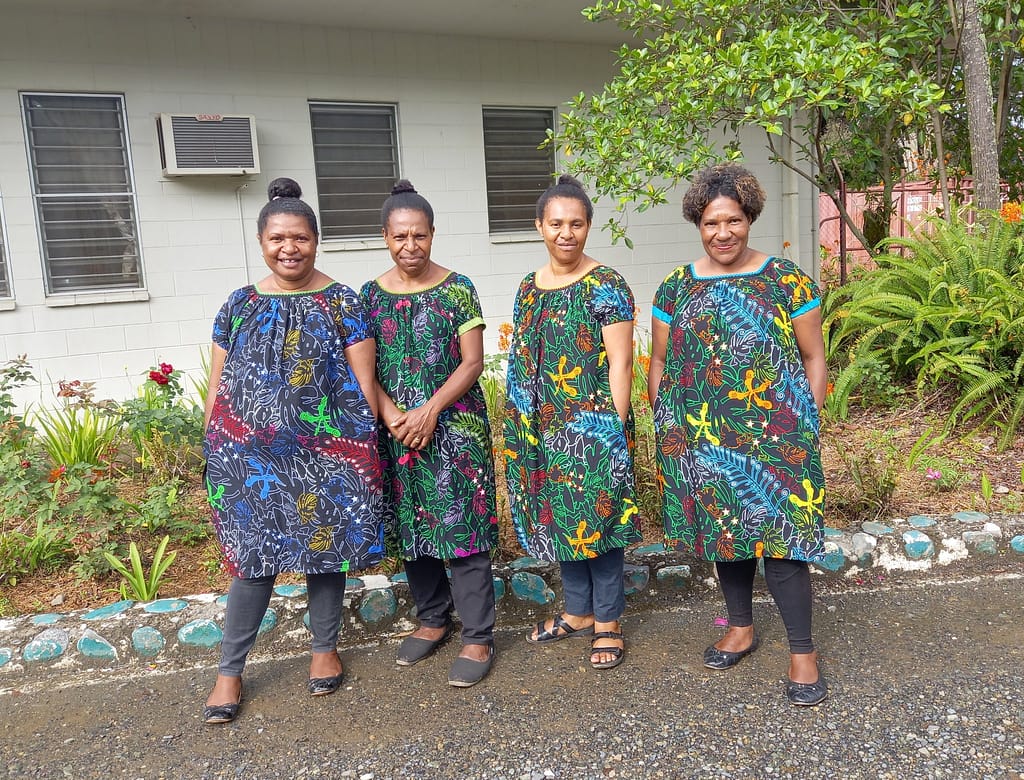

Human Resource
The Human Resource Department at SiPHA is responsible for recruiting and managing staff across the province, ensuring that the right personnel are placed in roles that support effective health service delivery. It oversees employee relations, contracts, and workplace conduct, while also coordinating training programs and professional development for health workers. The department manages payroll, benefits, and leave entitlements in collaboration with finance and national systems. It plays a key role in performance management, maintaining personnel records, and ensuring compliance with public service regulations. Strategically, HR supports workforce planning, retention, and succession—especially in rural areas—while aligning staff performance with SiPHA’s mission and operational goals

Mr. Peter Yogol Marme
HR Personnel Manager
HR Personnel
Key Functions of HR Personnel
Recruitment & Staffing: Identifying staffing needs, posting job ads, screening candidates, and onboarding new hires.
Training & Development: Organizing orientation, workshops, and continuous learning programs to upskill employees.
Performance Management: Setting goals, conducting appraisals, and supporting managers in evaluating staff performance.
Compensation & Benefits: Administering payroll, managing leave entitlements, and coordinating health or retirement benefits.
Employee Relations: Handling grievances, promoting workplace harmony, and ensuring fair treatment.
Compliance & Policy Enforcement: Ensuring adherence to labor laws, public service regulations, and internal policies.
Workforce Planning: Forecasting staffing needs and succession planning to maintain service continuity.

Ms. Belinda Kabia
HR Concept Manager
HR Concept
Roles of the HR Concept
- Talent Alignment: Ensures the workforce is matched to the organization’s mission, values, and long-term objectives.
- Organizational Development: Shapes culture, structure, and systems to support growth and adaptability.
- Performance Optimization: Builds systems for goal-setting, feedback, and recognition to drive productivity.
- Employee Engagement: Fosters motivation, inclusion, and well-being to retain top talent.
- Compliance & Governance: Embeds ethical practices and legal compliance into HR policies and procedures.
- Change Management: Supports transitions like restructuring, digital transformation, or policy shifts through communication and training.

Mrs Cecilia Tobias
Training Officer
Training Development
Purpose
To improve individual and team capabilities.
To align workforce skills with strategic objectives.
To foster a culture of continuous learning and growth.
- Core Roles
- Needs Assessment: Identifying skill gaps and learning priorities across departments.
- Program Design: Creating tailored training modules—online, in-person, or blended.
- Delivery & Facilitation: Conducting workshops, orientations, and coaching sessions.
- Evaluation: Measuring training effectiveness through feedback, assessments, and performance outcomes.
- Career Development: Supporting succession planning and leadership growth.

GESI Officer
Gender Equity and Social Inclusion(GESI)
Promoting Equal Access: Ensures all individuals—regardless of gender, ability, ethnicity, or social status—can access services, opportunities, and resources. Empowering Marginalized Groups: Supports participation and decision-making for women, persons with disabilities, and other disadvantaged populations.
Mainstreaming Inclusion: Integrates GESI principles into policies, programs, and workplace practices across sectors.
Reducing Barriers: Identifies and removes structural, cultural, and institutional obstacles that limit inclusion.
Fostering Safe Workplaces: Encourages respectful communication, fair recruitment, and protection from harassment or discrimination.
Supporting Leadership Diversity: Promotes representation of women and marginalized groups in decision-making roles.
Addressing Gender-Based Violence: Develops response plans and support systems to tackle workplace and domestic violence.